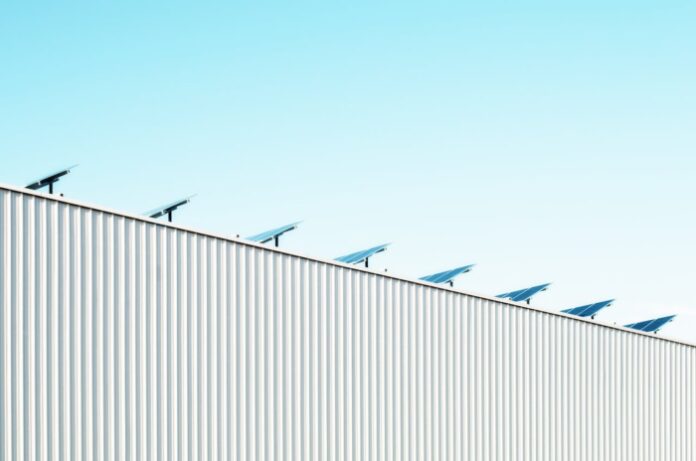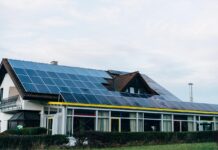Metal building constructions have gained popularity over the years due to their cost efficiency, among other things. Metal buildings even come with numerous environmental benefits of metal building construction that, in some circumstances, even overshadow traditional construction methods.
Energy Efficiency
There is no doubt about the energy efficiency of metal buildings. This is partly thanks to the thermal properties of metal panels and insulation systems. These systems actively reduce heat transfer, which minimizes the need for heating/cooling.
When you consume less energy to heat or cool a building, you will have a lower energy consumption, contributing to less greenhouse gas emissions. When considering the significant lifespan of a metal building, you are looking at a long-term investment with reduced costs.
High Recyclability Rate
Another environmental benefit of metal building construction is recyclability. Metal buildings are made out of steel, aluminum, and other highly recyclable materials. When you no longer need this type of structure, you can easily recycle it and contribute to reducing the demand for raw materials to help conserve natural resources. Usually, when new metals are made in factories, they require less energy to be made, at least in comparison to the recycling process.
Increased Durability and Longevity
Few buildings can compare with the durability and longevity of metal buildings. This is because metal is highly resistant to:
- Decay, rot, adverse weather and
- Pests
Since these structures are so durable, they require minimal maintenance and reduce the chances of frequent repairs. This contributes to cost savings and less environmental impact, usually attributed to the production and/or disposal of building materials.
Reduced Waste
Traditional on-site construction methods involve a lot of construction waste. However, this isn’t the case with metal buildings, which come with pre-engineered or off-site fabricated pieces. This also ensures a smooth assembly process, as precise manufacturing is prioritized. In these situations, metal buildings, again, come with environmental benefits as precise manufacturing minimizes material waste.
Design Flexibility
Buildings come in various shapes and sizes designed to meet the operational needs that need to be conducted within. With metal buildings, there is a certain design flexibility as these structures are easy to change or expand.
When you can modify your building’s design easily, you can expand its lifespan, reduce the need for new constructions, use all your space efficiently, and reduce material and construction waste often associated with traditional construction methods.
Lower Water Usage
Traditional building methods require extensive water usage to prepare mortar, mix cement and concrete, and other actions. This extensive water usage can sometimes put a strain on local water supplies. Yet, with metal buildings, you don’t need to use as much water, contributing to conserving this valuable resource.
Reflectivity
Metal buildings can be customized to lower energy consumption and other usages. For example, metal roofs or wall panels can be designed to have less heat absorption from sunlight if they have a high reflectivity rate.
In this instance, you won’t need to consume as much energy for cooling needs, which also leads to reduced carbon emissions. You can also easily install solar panels on these buildings and reduce your reliance on fossil fuels.
Find a Home-Based Business to Start-Up >>> Hundreds of Business Listings.

















































